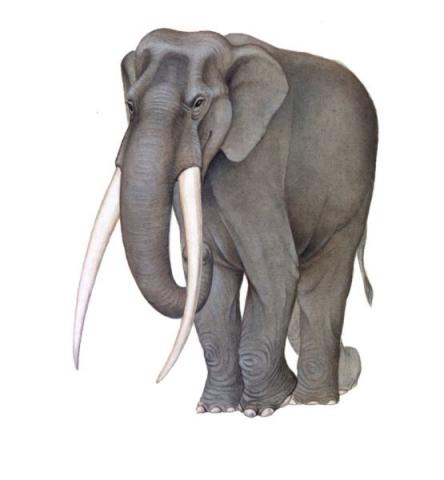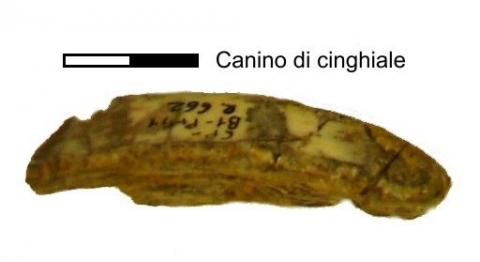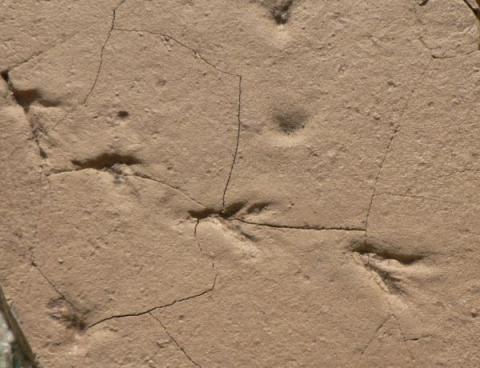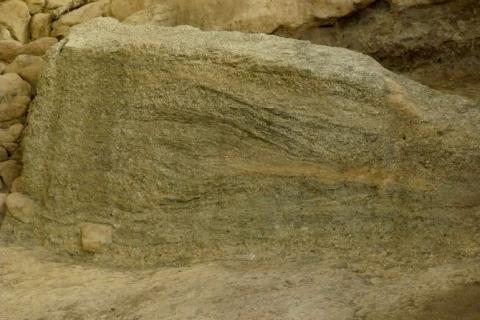Aurochs

Bos primigenius
It was a big bovid, with imposing horns curved forward; high even more than 2 m to the shoulder, It could exceed the tonne weight. Probable ancestor of current domestic oxen and called "Uro" by the ancient Romans, It was widely spread throughout Europe as well as in Asia and North Africa. It came in around 600,000 years ago in Italy, but became very abundant and frequent around 350,000 years ago. The species also lived in a full historical period: in 1500, only one population of no more than a hundred individuals lived in Poland, where the last specimen was killed in 1627.
Masterpieces of the hall
The hall
FAUNAL REMAINS
Inside the showcases located in the exhibition room, some of the more than 2000 fossil remains, found during excavation and representing the identified species, were placed.
FLORA
Fossil remains of Zelkova crenata, Tree of Judah and Laurel was discovered in the deposit. Fossil remains of Zelkova leaves are exposed.














































































